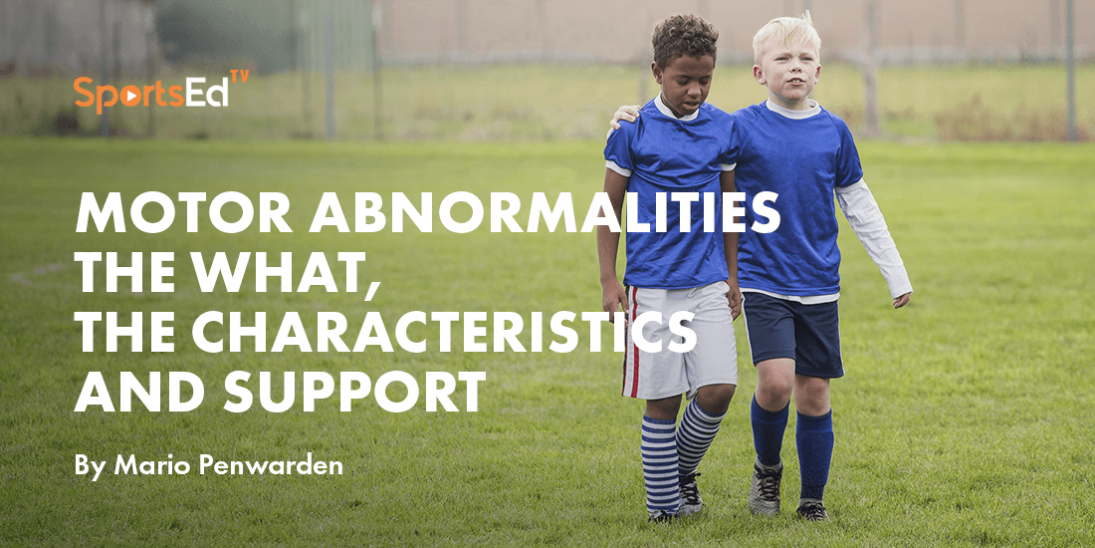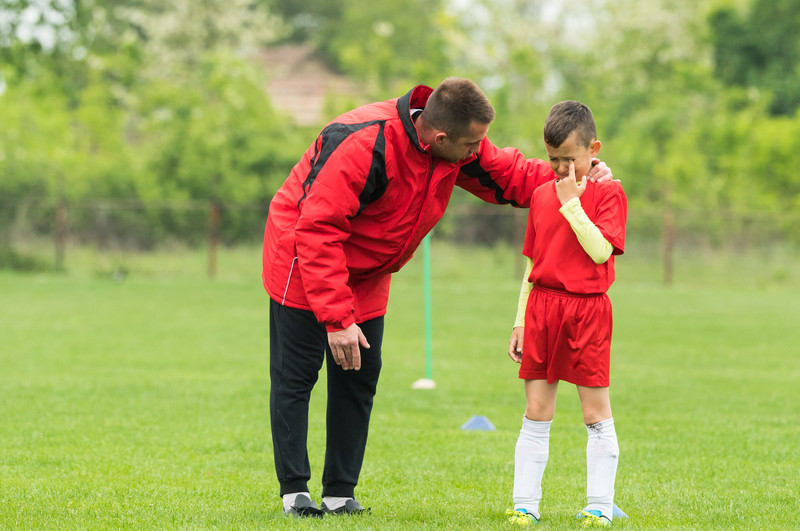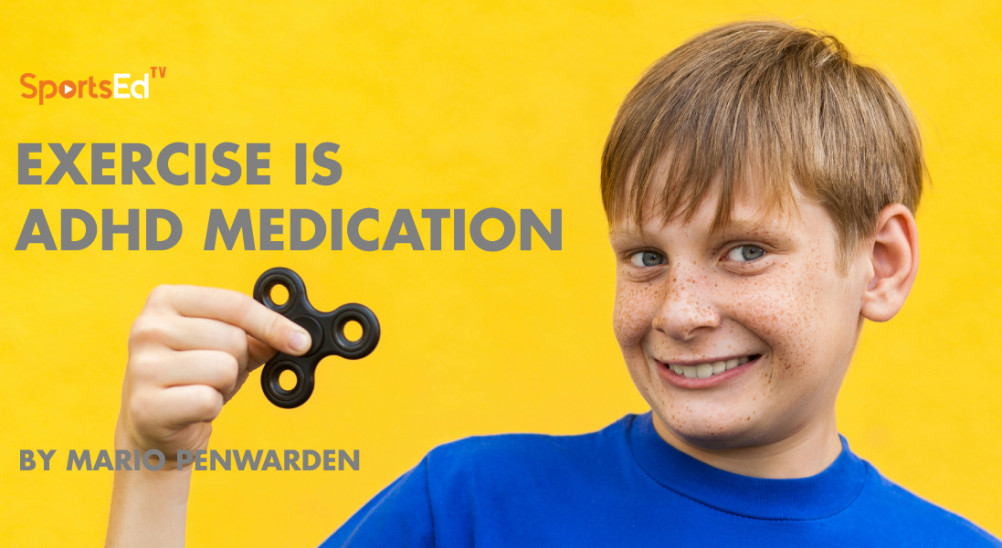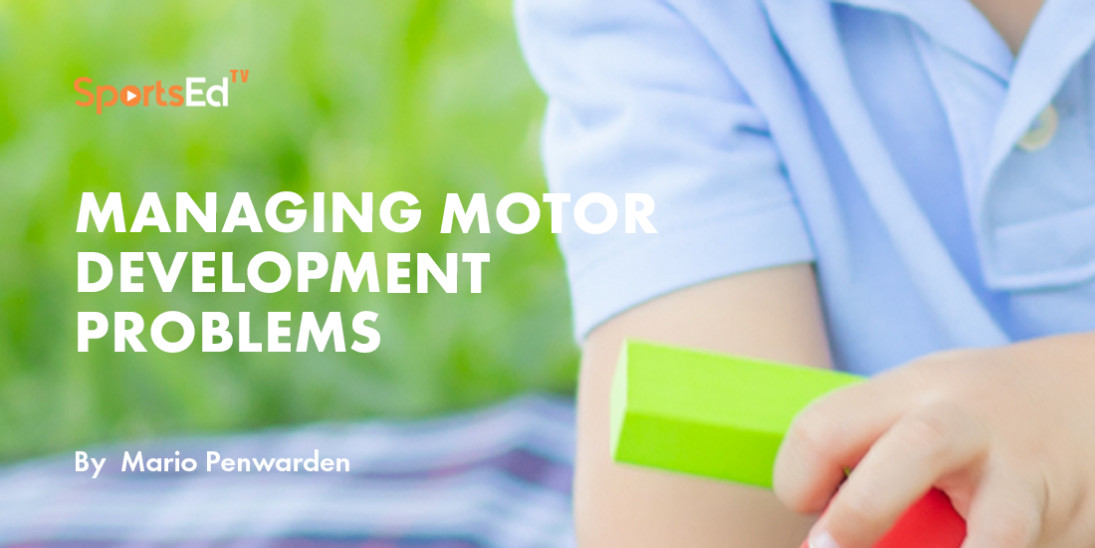Health, Physical Education
Welcome and thanks for visiting...

Motor Abnormalities | The what, the Characteristics and Support

Physical education and especially physical education classes are one of the most important windows of opportunity for teachers and coaches to get a glimpse of underlying issues which might manifest as academic drawbacks or difficulties in achieving success in sports. It is here where small things lead to light bulb moments of “now it all makes sense” and understanding why a child might be struggling with certain skills or with certain aspects of academics and academic development. So what are motor abnormalities and how can they affect the normal holistic development of a child?
What are motor abnormalities?
Motor abnormalities refer to any deviations from normal movement patterns or muscle function. They can be caused by a variety of factors, including neurological disorders, injuries, muscle disease, and genetic conditions. In some cases, motor abnormalities can have a significant impact on an individual's quality of life, and treatment may involve managing symptoms and helping the individual to maintain their independence and carry out daily activities as much as possible.
Motor abnormalities in children
Motor abnormalities among children may arise in different ways, and certain problems may be more serious than others. It is nevertheless possible to identify children who display motor abnormalities in terms of certain characteristics. Because it negatively affects the child’s total development, teachers should have a sound background of the causes of motor abnormalities so that such children can be identified for specialized treatment. Certain motor problems may only be slightly different from normal, and with the right background knowledge, these children may be helped.
It is nevertheless self-evident that serious motor abnormalities are easier to detect and that less serious motor problems are less conspicuous, and for that reason, they are easily missed. Some children with motor problems also succeed well in disguising their problems. For this reason, many researchers are of the view that diagnosing children with motor abnormalities is difficult. Sound background knowledge of motor development and abnormalities, as well as an effective evaluation system, is therefore essential for helping teachers to identify and to rehabilitate pupils with motor problems.
Here are a few general characteristics of motor problems and deviations.
- Irregularity in preference of hand or foot.
- Problems in conveying visual guidelines from left to right to one's own body.
- Problems with dynamic and static balance.
- Loss of physical control.
- Unnecessary, superfluous, or irrelevant movements that tend to affect the performance of skills
- Inability to maintain one's own rhythm or the rhythm of another person in movement.
- An inability to control strength, particularly where distance and height are important, usually results in too little or too much exertion of strength.
- Insufficient motoric planning with regard to consecutive movement eg. timing when hitting or catching a ball.
- Poor sensory integration.
- Poor perceptual-motor functioning.
- Perception of laterality.
- Problems with the perception of direction.
- Problems with the perception of shapes and patterns.
- Problems with spatial orientation.
- Spatial analysis problems.
- Visual-spatial problems.
- Problems with bilateral integration.
- Problems with figure-background distraction.
- Hyperactivity and attention deficit syndrome.
- Poor self-image.
- Haptic problems.
- Poor major and minor motor coordination.
- Problems with the acquisition of motor skills.
- Reacts slowly.
- Displays impatience and bad humor.
- Avoids motoric assignments.
- Runs away and hides when assistance is offered.

Learning and academic problems
- Turns letters around.
- Reads slowly, hesitantly, and faulty.
- Places syllables in the wrong order and reads words the wrong way around.
- Poor grip on the pencil.
- Experiences problems with reading, mathematics, and spelling and is unable to remember or follow instructions.
The chances of having learners with one or more of these characteristics or deviations in a physical education class are very high, and having the knowledge to identify such deviations will go a long way in improving the lives of these learners.
How can one support learners with motor abnormalities?
Motor abnormalities are so diverse, and some are more severe than others, which makes it difficult to identify at times. Exposing learners to physical activity and structured programs will help them develop the necessary skills to overcome a lot of these deviations naturally. Some more severe deviations might need more specific interventions. Nevertheless, the knowledge to identify and advise will go a long way in assisting learners to develop optimally.
- Many children outgrow many of these problems, although they experience further problems as adolescents. They appear clumsy, have a poor self-image, and feel very awkward.
- Pupils must be motivated and challenged to take part in simple, fun, relaxing physical activities. One must concentrate on the child’s strong points and not on his/her weak points.
- Allow the pupil to play in sand pits and with clay a lot. Improve the pupil’s ball skills (catching and throwing) by means of simple activities and help aids.
- Motor skills must be systematically learned by means of simple learning steps.
- Improve the child’s physical abilities and make participating in physical activities enjoyable and challenging.
- Concentrate on recreational skills and games in which the pupil can take part.
- In extreme cases, specialized treatment by occupational and physiotherapists is important, but participating in relaxing physical activities with a movement therapist can do a lot for solving these problems, too.








